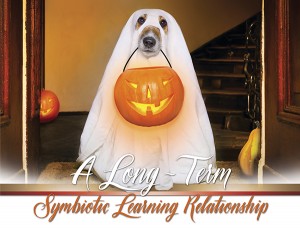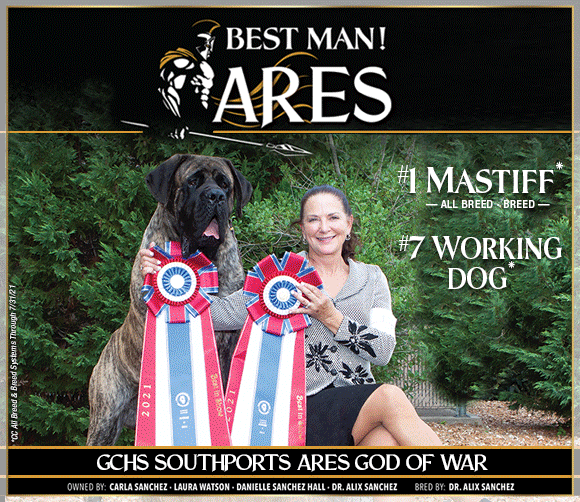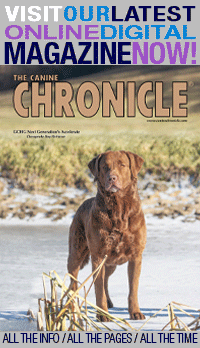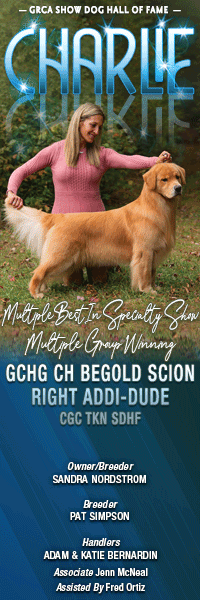A Long-Term Symbiotic Learning Relationship
Click here to read the complete article
202 – October, 2021
 By Chris Robinson
By Chris Robinson
Although dogs and wolves may have split into different species around 100,000 years ago, according to the latest mitochondrial DNA research, somewhere between 12,500 and 17,000 years ago, dogs and humans formed a partnership. However, archaeological finds in Belgium and elsewhere suggest that wild wolves may have been selectively bred by humans beginning as far back as 32,000 years and may have been one factor in helping homo sapiens survive by making them more efficient hunter-gatherers than their nearest competitor, homo neanderthalensis, which eventually withered and died out.
It is certainly true that in the millennia since dogs were first domesticated, they have learned to do a multitude of tasks for their human partners. While initially the domesticated dogs’ job was to aid in the hunt, a task they still perform for both subsistence and sport hunters, as more species began to be domesticated by the early humans, the dogs were also needed to herd and tend grazing animals as well as protect those herds and flocks. Since then, dogs have helped their human partners by pulling carts and sleds, carrying gear on their backs, sniffing out contraband and explosives, catching criminals, entertaining us with tricks, guiding people when they’ve lost their eyesight, comforting the aged and infirm, finding missing children, adults and criminals, guarding our possessions, aiding the hearing-impaired, acting on stage and in movies, and detecting diseases–as well as a whole host of other activities including playing dog sport games with us. So, dogs have learned to do a whole lot of different things as a result of their existence with humans.
But, it is also true that we could, perhaps should, and may actually have learned a few things from our dogs such as…
Lesson #1.
Never pass up an opportunity for a nap.
What with all the internal political strife in the country, political leaders seemingly interested only in lining their pockets and getting re-elected, government officials spreading falsehoods, concerns over the virus and its variants, worries about how and when our enemies will hit us next, runaway inflation, a wide-open southern border along with normal personal issues–jobs, family–life is stressful. Dogs also get stressed, particularly if they are show dogs or doing companion or performance sports or training; but they instinctively know how to alleviate both the physical and mental stress that accompanies both performance and training—nappy time.
Lesson #2.
Don’t lose your love for the little things.
Click here to read the complete article
202 – October, 2021

Short URL: https://caninechronicle.com/?p=213994
Comments are closed











